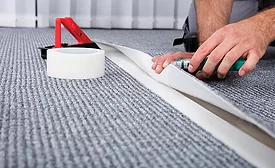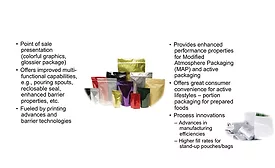Columns
Ask Dr. Dave
Dr. Dave tackles the effect that monomers can have on anaerobic adhesives formulations.
Read More
Strategic Solutions
Will Your Next Car be Assembled Like a Smartphone?
Electrically conductive adhesive use is rising as fine spacing, environmental restrictions, and new materials impact or replace vehicle assembly methods.
June 18, 2019
Ask Dr. Dave
Are there adhesives and sealants that expand on curing to fill gaps?
In his May 2019 column, Dr. Dave addresses a question about gap-filling adhesives and sealants.
May 1, 2019
Strategic Solutions
Market Opportunities for Structural Adhesives
Structural adhesives’ volume is expected to increase as pure electric vehicles displace internal combustion engines in the marketplace.
May 1, 2019
Tape Talk
Don’t Miss the 2019 Tape Summit
Some 300 pressure-sensitive adhesive tape professionals are expected to attend the event.
May 1, 2019
Ask Dr. Dave
Ask Dr. Dave: Can we safely dispose of adhesives and sealants through the drains?
Dave Dunn's April 2019 column.
April 10, 2019
Strategic Solutions
Adhesive Challenges for 21st Century Packaging
Adhesives manufacturers need to develop technologies to allow for the responsible reuse of packaging materials.
April 2, 2019
Ask Dr. Dave
Ask Dr. Dave: Is there an adhesive that will seal pinhole leaks?
Dave Dunn's March 2019 column.
March 12, 2019
Strategic Solutions
Latin America’s Quest for Innovation
Several drivers are at play for the development of new adhesive technologies in Latin America.
March 6, 2019
Ask Dr. Dave
Ask Dr. Dave: Have there been any recent developments in the bonding of PTFE to itself or to metals?
Dave Dunn's February 2019 column.
February 5, 2019
Keep the info flowing with our newsletters!
Get the latest industry updates tailored your way.
JOIN TODAY!Copyright ©2025. All Rights Reserved BNP Media.
Design, CMS, Hosting & Web Development :: ePublishing









